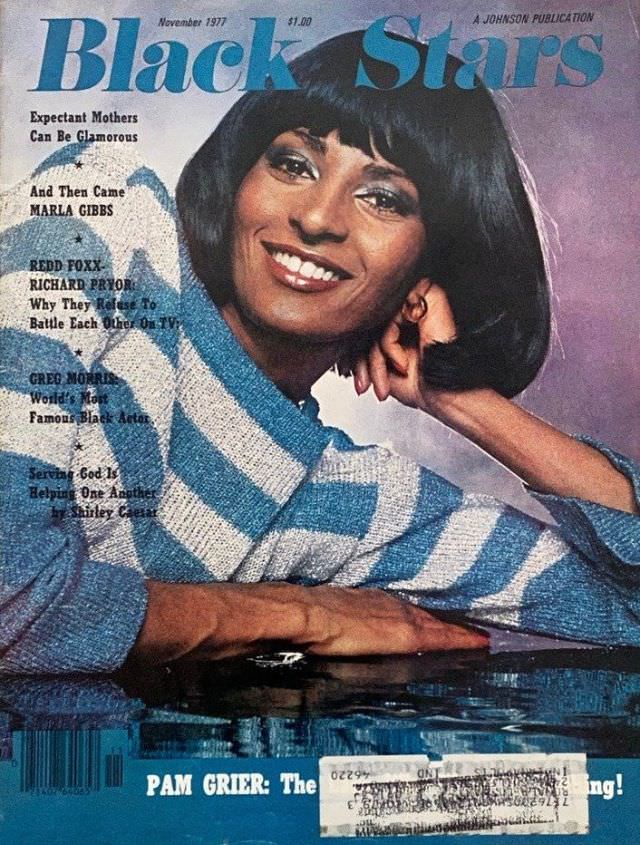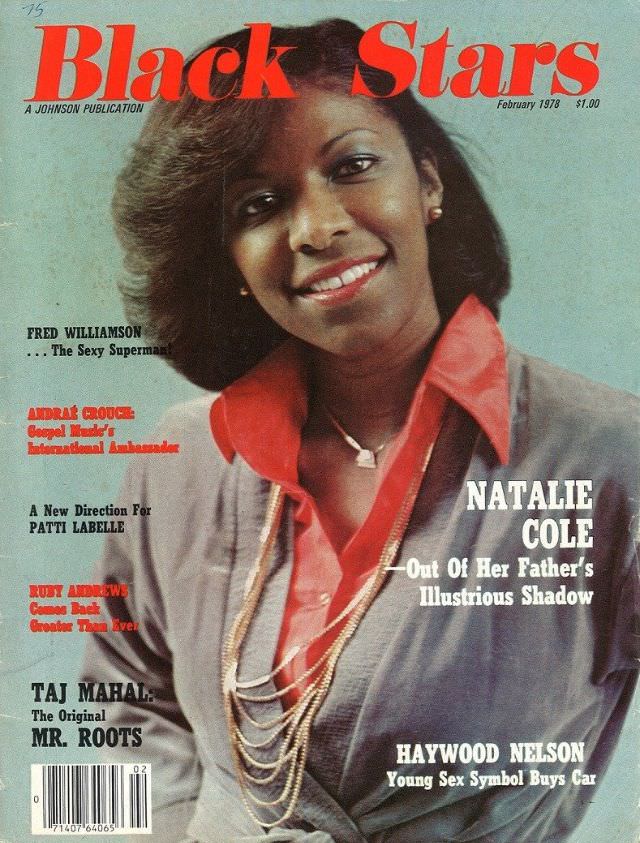In 1971, Johnson Publishing Company, already a prominent African-American-owned publishing house, added another feather to its cap with the launch of Black Stars magazine. Founded Founded by John H. Johnson, this monthly publication was designed with a singular vision: to spotlight the lives and careers of living black artists in entertainment. In the inaugural issue, Johnson elaborated on the magazine’s objectives, firmly positioning it as a trailblazer in African-American media.
While other publications like Ebony and Jet, also produced by Johnson Publishing Company, covered a broader range of topics from politics to lifestyle, Black Stars zeroed in on the world of entertainment. Its pages were graced with profiles of musicians, actors, filmmakers, and other artists, often providing readers with exclusive interviews and behind-the-scenes looks.
The Significance of Representation
In the 1970s, mainstream entertainment media was largely white-centric. African-American artists often found themselves marginalized or confined to stereotypical roles. In such a climate, Black Stars served as a necessary and powerful counter-narrative. It celebrated the richness and diversity of African-American talent, proving that black artists were not only newsworthy but worthy of in-depth, nuanced coverage.
Breaking the Mold: Content and Features
What set Black Stars apart was its in-depth reporting and feature articles. Rather than just offer quick news bites, the magazine devoted ample space to comprehensive articles. It often included exclusive photoshoots, career retrospectives, and interviews conducted by seasoned journalists who had a deep understanding of both the entertainment industry and the challenges faced by black artists.
Reaching Audiences Far and Wide
Black Stars gained a steady readership not only within the African American community but also among people interested in the broader realm of arts and entertainment. With a tagline proclaiming its worldwide circulation, the magazine quickly expanded its footprint beyond the United States, reaching subscribers in various countries.
It wasn’t long before the magazine became a staple in the African American entertainment community. Artists looked forward to being featured in Black Stars, viewing it as a badge of honor. Many credited the magazine with helping to elevate their careers by providing a platform that celebrated their achievements rather than marginalizing them.
The 1970s were a pivotal time for black artists, particularly in the film industry. The rise of the Blaxploitation genre offered new opportunities for black actors, writers, and directors. Black Stars was among the first to provide comprehensive coverage of these films, including interviews with stars and filmmakers, thereby contributing to the genre’s broader cultural acceptance.




























